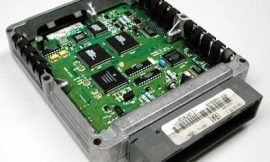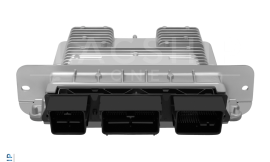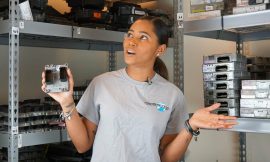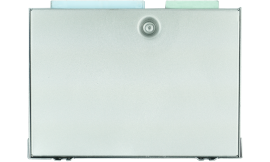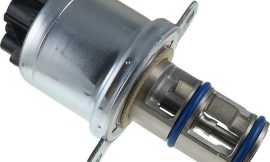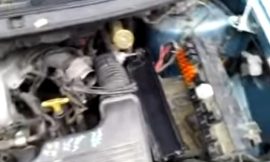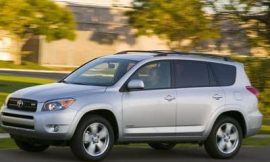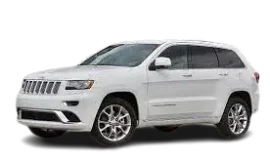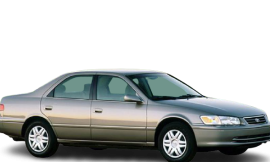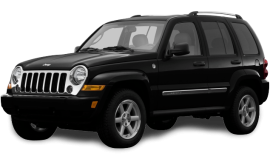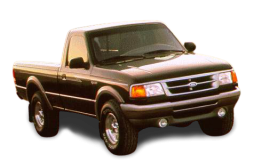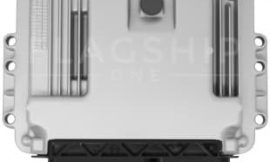Last updated on November 4th, 2024 at 10:34 am
CAN Explained
A computer on wheels is what today’s automobiles are — and they will only become ever more computerized as technology improves, which is why even car engine computers are now but one component of a much larger network of modern electronics.
Introducing the Controller Area Network, or CAN, basically a kind of brain for the car — its nervous system, the collection of wires, would be the CANbus — that “replaces” the ol’ car engine computer, such that nowadays an “ECU” can refer just as easily to any Electronic Control Unit within the CANbus as to the ol’ Engine Control Unit that used to be considered the brains of the vehicle.
So even though we are Flagship One, the leading specialist supplier of Engine Control Units, Body Control Modules, and other system command components for Ford, Mazda, and General Motors vehicles, in this post we’ll be using the term “ECU” to refer only to Electronic Control Units in general. While an ECU in our everyday business usually relates to engines, for now this will refer to any control computer.
Now just as neuroscientists have long known that the brain is better thought of as a part of a larger system than as a single thing existing in itself and working in isolation, so too is the modern car’s CAN more an occurrence, an event, than some solid centrally located master of various moving parts. The CAN is, functionally, the brains — better yet, the nervous system — of the car but it isn’t the brains as such; indeed, as the “network” part of its name suggests, it only exists due to the total sum of its parts working together.
Such a foray into taxonomy isn’t merely academic, but helps us understand that what we’re dealing with is a bunch of pieces acting in unison but without any one overarching master control authority. This isn’t the usual conception we have of machines, especially where intelligent machines are concerned, as the most natural analogue we have to imagine and reason about such things are ourselves — but it’s perfectly true, the evidence before our very eyes, that intelligent behavior can come from parts all working on their own without any central direction…rather like plants and how they work their miracles without a brain or even very much of a nervous system!
And so there are ECUs responsible for the door, ECUs responsible for windows, just about anything that involves some kind of “power” (as in “powered mirrors,” “powered steering”), and all of it works “locally,” without some “higher” level directing matters. But though there’s no actual master-brain behind all these parts, there is a “spirit,” shall we say, animating them all — a “life-force,” even…which is more commonly known as programming.
Software.
It’s intricate code that ensures every part does its own thing right, in conjunction with others when necessary. This careful programming is what makes the CAN intelligent, with profound effects across the board: cars can be lighter as substantially less wiring and other physical hardware is needed, which weight-reduction makes for lower upfront purchase costs and long-term operating expenses.
The CAN can be further improved to provide conveniences like downloadable upgrades without needing to visit the dealer.



